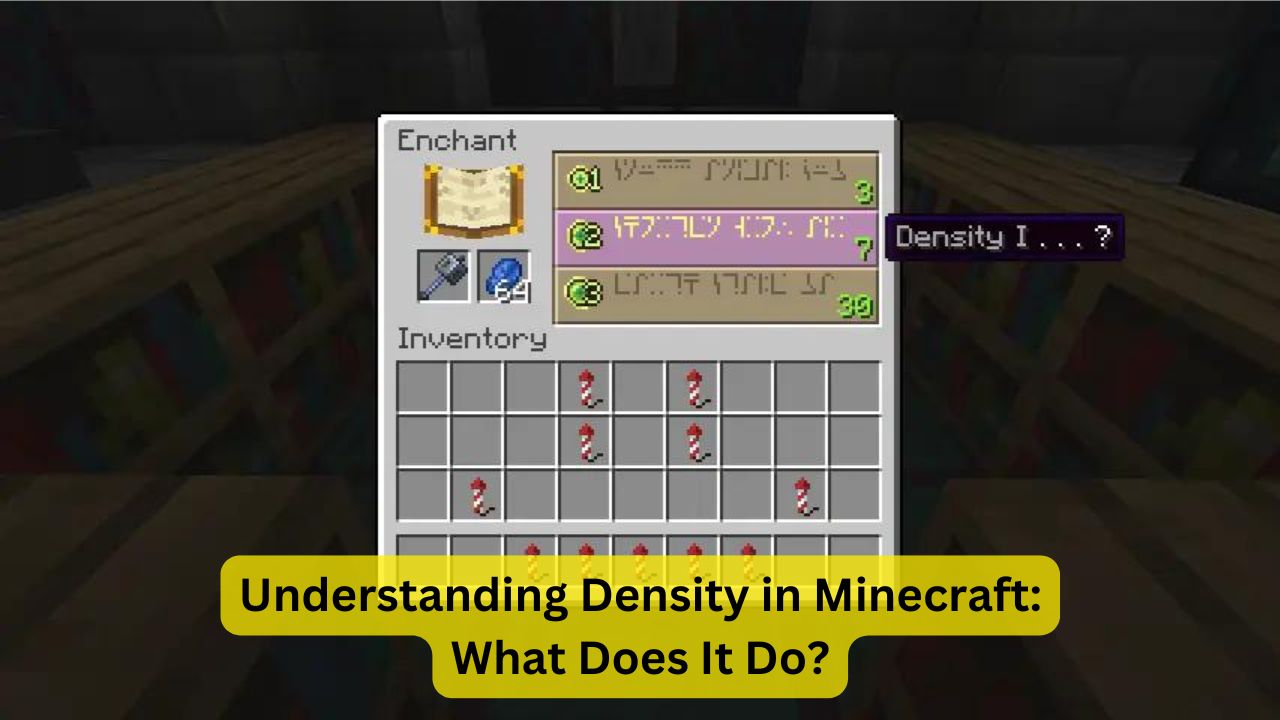
Minecraft, the globally popular sandbox game, offers players a unique and expansive world filled with countless possibilities. One of the lesser-known but intriguing aspects of the game is the concept of density. This article will explore what density does in Minecraft, how it affects gameplay, and why players should pay attention to it.
Introduction to Minecraft Density
Density in Minecraft is a term that refers to the concentration of blocks, entities, or features within a specific area. It is an important factor that can influence both the aesthetics and functionality of your builds, as well as the overall performance of the game. Understanding density can help players create more efficient and visually appealing structures.
Block Density and Its Impact
Block density pertains to how closely packed blocks are within a given space. High block density can make structures appear more solid, while low block density can give a more open and airy feel. This concept is particularly important when constructing buildings, landscapes, and other large projects.
Influence on Building Aesthetics
The aesthetic appeal of a build in Minecraft can be significantly affected by block density. For example, a densely packed wall with various block types and textures can appear more intricate and detailed. Conversely, a sparsely built structure may look minimalist and sleek. Players often experiment with block density to achieve the desired visual effect for their projects.
Gameplay Mechanics and Density
Density also plays a role in gameplay mechanics, particularly in areas like mob spawning, redstone contraptions, and resource distribution. Understanding how density works can help players optimize their builds and improve their efficiency in the game.
Mob Spawning and Density
Mob spawning is directly influenced by the density of blocks and entities in an area. In high-density areas, mobs are less likely to spawn due to the limited space. Conversely, low-density areas can become hotspots for mob spawning, which can be advantageous for creating mob farms or challenging for players who want to avoid mobs.
Redstone Mechanics and Density
Redstone, Minecraft’s equivalent of electrical circuits, is heavily influenced by block density. Complex redstone contraptions often require precise placement of blocks to ensure they function correctly. Understanding density can help players design more efficient and compact Redstone devices, enhancing their gameplay experience.
Resource Distribution
Resource distribution in Minecraft can also be affected by density. Ores and other valuable resources often generated in specific patterns influenced by the density of surrounding blocks. By understanding these patterns, players can more effectively locate and mine resources, making their survival and building efforts more efficient.
Density in Different Biomes
Different biomes in Minecraft have varying levels of natural density. For instance, forests are high-density biomes with closely packed trees and vegetation, while deserts have low density with sparse cacti and sand. Recognizing these differences can help players adapt their strategies when exploring and building in different biomes.
Optimizing Game Performance
High block and entity density can negatively impact game performance, leading to lag and reduced frame rates. Players with lower-end hardware need to be especially mindful of density when building large structures or operating complex redstone contraptions. By managing density effectively, players can ensure a smoother gaming experience.
Practical Applications of Density in Builds
In practical terms, players can use density to create more dynamic and functional builds. For example, high-density designs can be used for defensive structures, making them more resistant to mob attacks. Low-density builds, on the other hand, can be used to create open spaces like gardens and plazas that enhance the aesthetic appeal of a player’s world.
Experimenting with Density
One of the joys of Minecraft is the ability to experiment with different building techniques. Players are encouraged to try out various density levels in their builds to see what works best for them. Whether it’s creating intricate designs or optimizing redstone circuits, understanding and manipulating density can add a new layer of depth to the game.
Conclusion
Density is a fundamental yet often overlooked aspect of Minecraft that can significantly impact both gameplay and aesthetics. By understanding how density works and applying it to their builds, players can enhance their Minecraft experience, creating more efficient, visually appealing, and functional structures. Whether you’re a novice builder or a seasoned player, paying attention to density can take your Minecraft creations to the next level.
Keynotes
- Density Definition: Concentration of blocks, entities, or features in a specific area.
- Impact on Aesthetics: High density creates detailed structures; low density offers a minimalist look.
- Gameplay Mechanics: Influences mob spawning, redstone contraptions, and resource distribution.
- Biome Variation: Different biomes exhibit varying natural densities.
- Performance Optimization: Managing density can improve game performance and reduce lag.
- Practical Applications: Use density for functional and defensive builds.
- Experimentation: Encouraged to try different density levels for unique designs and optimized gameplay.
